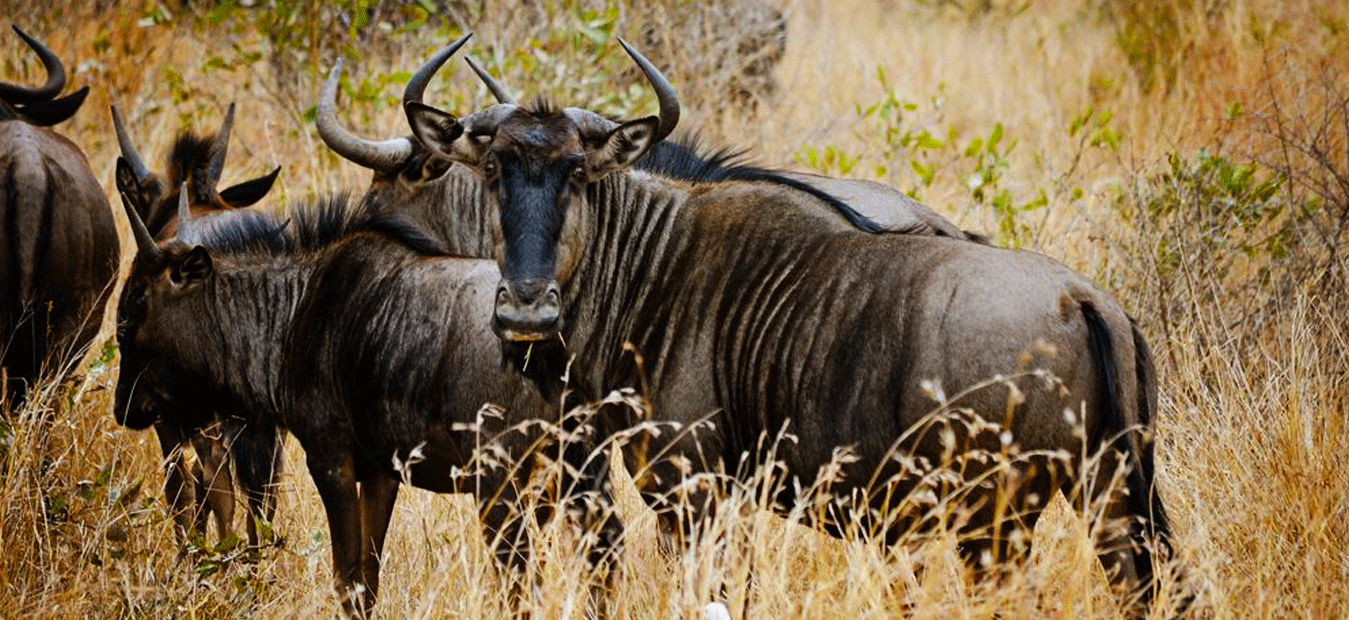Masai Mara National Wildlife Reserve – Facts about Masai Mara National Reserve in Kenya
Masai Mara National wildlife Reserve the best wildlife spotting park is one of Africa’s most known safari destinations and a favourite amongst wildlife tourists and photographers at large. The Masai Mara (or the Mara as locals affectionately refer to it) lies in the Kenya Rift Valley Province in south west of Kenya and at the same time forms a northern extension Tanzania’s equally famous Serengeti Plains and is jointly managed by the Narok County Council and the Mara Conservancy.
The Mara started out as a small wildlife Sanctuary on about 520 square kilometres (200 square miles), established in 1948. It was extended eastwards in 1961 and went through a number of size variations before settling on its current game reserve status of 1510 square kilometres (583 square miles).
How Masai Mara National Reserve got its name?
The Reserve got its name from the local people who called the land “Mara” which means “spotted” in Maa. Maa is the name given to the Masai language. This is exactly what the area looks like from afar. It is dispersed or “spotted” with Umbrella Acacia trees, bushes and animals, even the shadows created by cloud cover add to the spots.
What to spot in Masai Mara National Reserve?
The reserve or Mara home is world-renowned for its millions of herbivores it supports and the magnificent big cat that hunt the zebras, antelopes, wildebeest and many more. The reserve’s size that covers an area of 1510 square kilometer habits a variety of wildlife species and some of these include the wildebeest, lions zebras, impalas, antelopes, elephants, cheetahs, Masai giraffes, leopards and other gazelle species.
How to get to Masai Mara National Reserve?
Travellers decide to avoid driving and fly from Nairobi or the Kenyan coast to one of the airstrips in or near the Reserve. Daily scheduled flights and private charters use the Mara Serena, Musiara or Keekorok airports located within the Reserve or Mara Shikar, Kichwa Tembo or Ngerende airports located within the Conservation area of the Mara.
Driving alternatives are with a hired car or with a tour operator guide through the Mara via the Narok region which is a 3 hour drive from Nairobi. Roads and tracks in the Mara are well established.
Best time to visit the Masai Mara National Reserve.
Wildebeest migration is the known event that jointly attracts a variety of travelers for example the tourists and photographers who always transfer earlier to the republic of Kenya between July and October to notice the migration as marked on the Mara calendar. This migration is from Mara home through the Mara River to Tanzania’s Serengeti National Park.


